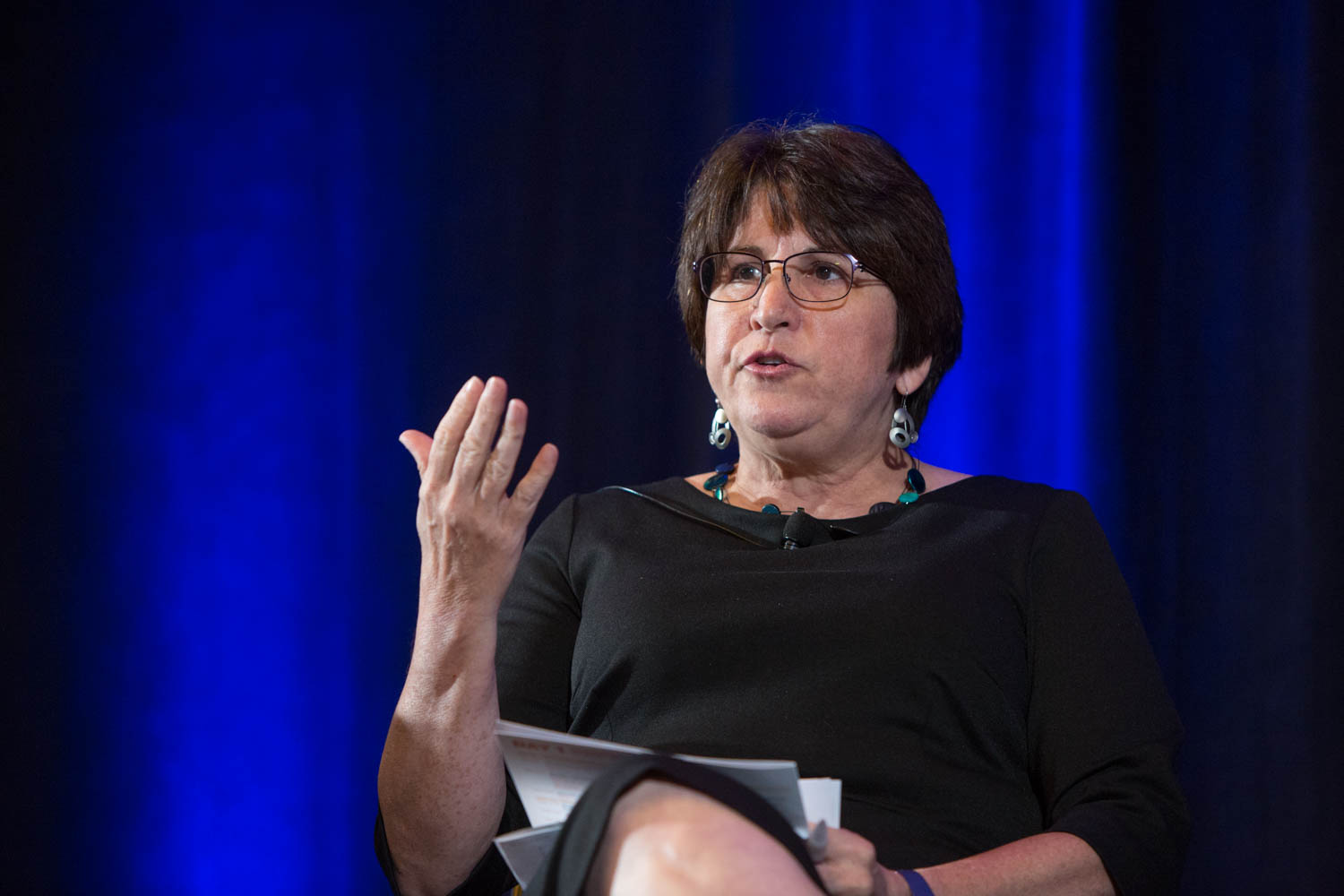By Ruth Steinhardt
Grace was barely a teenager when her paternal uncle kidnapped her at gunpoint and sold her for marriage to a much older man in exchange for 15 cows. Her new husband beat and raped her for months before she escaped.
When Mary Ellsberg, director of the Global Women’s Institute at the George Washington University, met Grace later at a refugee camp in the South Sudan, the girl’s abusive husband and the uncle who sold her were both in jail.
But not for what they had done to their victim.
The uncle who had sold her was imprisoned because now that the niece had run away, he owed her assailant the 15 cows that had been the price of her life. Grace’s husband was jailed because he could not afford the fine for the abuse: two cows, to be paid to the uncle.
Girls are at the center of the South Sudanese economy, Dr. Ellsberg said, but as objects, not as empowered actors.
And the Sudanese situation is not unique. Worldwide, according to UNICEF, one in four women aged 20 to 24 was a child bride.
Grace’s situation, Dr. Ellsberg told an audience at the Gender 360 Summit last Thursday, was just one manifestation of the violence perpetrated against adolescents, particularly girls, around the globe.
The proportion of violence among girls’ mortality rates worldwide rises exponentially as they grow. Per UNICEF, only 0.4 percent of girls who die before they are nine years old are killed by violence. Between ages 10 to 14, that figure rises to 4 percent.
And between the ages of 15 and 19, girls who die have a 13 percent chance of having lost their lives to violence. Most who do are killed by intimate partners.
“It feels like a war on girls,” Dr. Ellsberg said.
The summit’s theme was achieving gender equality and preventing gender-based violence among adolescents, a population that Dr. Ellsberg said is often made “invisible.”
Since adolescents are under 18, she said, data about them is often lumped in with data about younger children. Violence against adolescent girls, specifically, may also fall under violence against women, erasing the types of abuse specific to girls in their early teens.
GWI was a co-sponsor of the summit, an official side event of the White House’s United State of Women conference. Organized by human development nonprofit FHI 360, it brought together more than 1,000 attendees, including Tina Tchen, chief of staff to First Lady Michelle Obama, and Catherine Russell, U.S. ambassador-at-large for global women’s issues.
Ms. Russell discussed the State Department’s Global Strategy to Empower Adolescent Girls, a policy she said was unique among national governments. The strategy takes a holistic view of the lives of girls, she said, since no single issue exists in a vacuum.
“In order to address barriers to girls’ education and health, we need to address violence as well,” she said.
To the audience’s delight, singer and activist Anjelique Kidjo opened her remarks on girls’ rights in Africa with a room-filling burst of song.
Ms. Kidjo has worked with her nonprofit organization, Batonga, to collect accurate data on the continent’s most in-need girls so they can have access to the resources they need.
“A peaceful tomorrow is being born today from the girls of my continent,” Ms. Kidjo said.
Young advocates from around the world—including Bangladesh, Nepal, the Balkans and Washington, D.C.—also were featured speakers.
“The best part of the summit was being able to hear the voices of grassroots youth advocates from all over the world—very inspiring,” Dr. Ellsberg said.
Sarah Muthoni, a young activist from Kenya, was brought close to tears as she traced her own difficult path to success. The first woman in her family to attend college, she recalled the pride on her mother’s and sisters’ faces as she received her degree from Kenyatta University.
“Letting girls learn not only transforms their lives, it also transforms their community,” Ms. Muthoni said.


